Home Depot Shop Light Fixture #732-334
shabbu
15 years ago
Related Stories
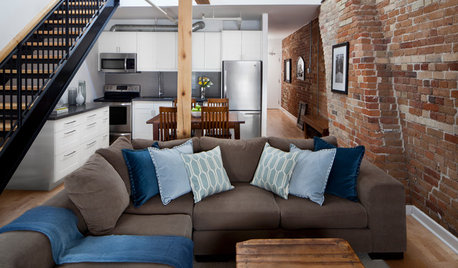
HOUZZ TOURSHouzz Tour: Light Dawns on a Toronto Penthouse Loft
Somber details in a former warehouse give way to bright white walls, nautical touches and exposed fixtures with an industrial edge
Full Story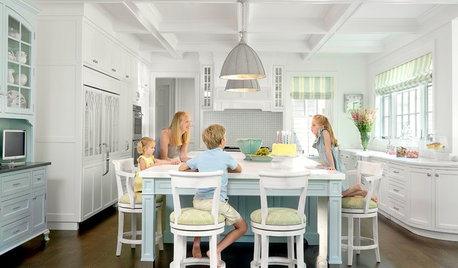
LIGHTINGSource List: 20 Pendants That Illuminate the Kitchen Island
See the ceiling lighting fixtures that are popular on Houzz and find out where to get them
Full Story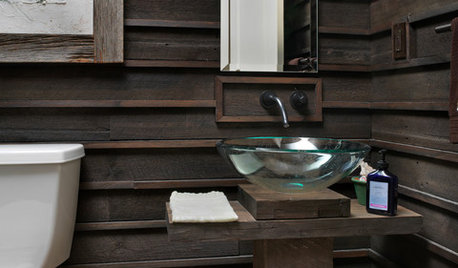
BATHROOM DESIGN2012 Faucet and Fixtures: See What's New for the Bath
Rustic and contemporary finishes, new shapes, water savers and musical toilets hit the market
Full Story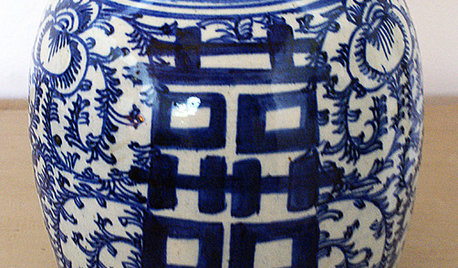
LIGHTINGHow to Turn a Vase Into a Lamp
Fashion a light fixture from that antique or thrift store find, for a one-of-a-kind piece you’ll be proud to display
Full Story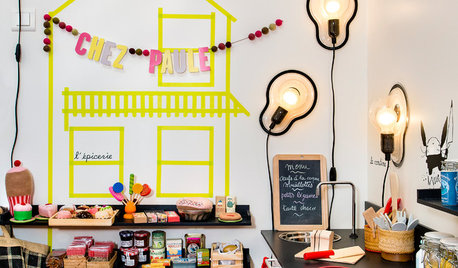
LIGHTING10 Ways With Wall Lights That Don’t Need to Be Wired In
Learn how to add illumination to your home without carving into the walls
Full Story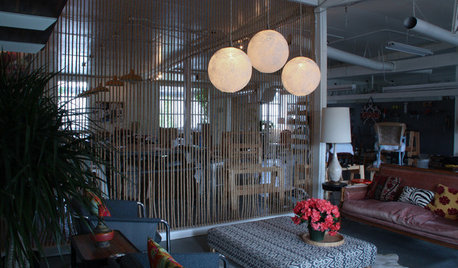
DIY PROJECTSLace Goes Modern in an Upholsterer's DIY Pendant Lights
Bring romance to a room with delicate pendant lights you can make yourself
Full Story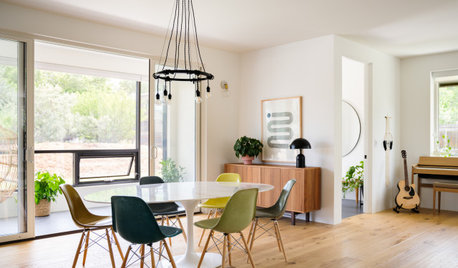
FEEL-GOOD HOME10 Tips for a More Peaceful Home
Turn your everyday living space into a serene retreat by clearing visual distractions, softening your lighting and more
Full Story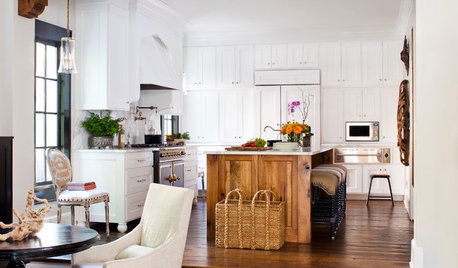
KITCHEN DESIGNKitchen of the Week: Going Elegant and Bright in a 1900s Home
Dark and closed off no more, this Atlanta kitchen now has a classic look, increased natural light and a more open plan
Full Story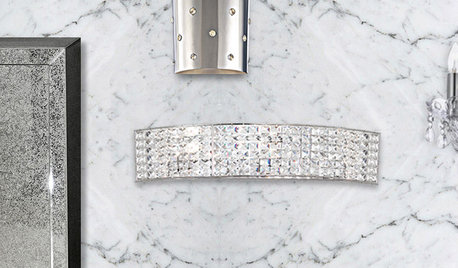
SHOP HOUZZHouzz Products: Bling for Your Bath
Elevate your everyday routine with luxe-looking bathroom accents like bedazzled faucets, crystal lights and holders that shine
Full Story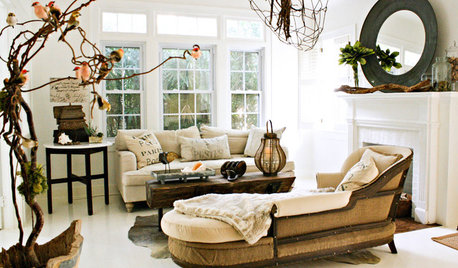
ECLECTIC HOMESMy Houzz: Dreamy, Organic Style in a Tampa Cottage
Plentiful white paint and timeworn treasures create a light and natural feel in a 1940 Florida home
Full StoryMore Discussions






wiley0
jleiwig
Related Professionals
Suffern Landscape Architects & Landscape Designers · Wixom Landscape Architects & Landscape Designers · Ashburn Landscape Contractors · Clayton Landscape Contractors · Eustis Landscape Contractors · Gurnee Landscape Contractors · Sammamish Landscape Contractors · Tamarac Landscape Contractors · Agoura Hills Fence Contractors · Laguna Hills Fence Contractors · Lexington Fence Contractors · Mill Valley Fence Contractors · Minneapolis Fence Contractors · Owings Mills Fence Contractors · Dallas Roofing & Guttersnjref
almax881
hooked_on_ponics
anniebetannie
damage.com